& nbsp; Carbon fiber is a special type of fiber composed of carbon elements. Organic fibers can be oxidized at high temperatures in an inert gas and then carbonized to obtain the primary material of carbon fiber. Due to the high strength and good modulus of carbon fiber composite materials obtained by combining carbon fiber with other materials, they have various advantages such as light weight, corrosion resistance, high temperature resistance, and fatigue resistance. In addition, due to cost issues, they have not been commercially applied on a large scale. In the past period, it has been used as a strategic material mainly in military and other fields.
& nbsp; From the global application perspective in 2020, the widely used fields are mainly concentrated in wind turbine blades, aerospace, and sports and leisure.
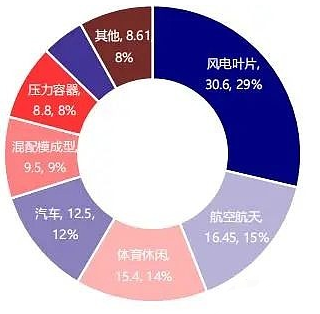
& nbsp; Among them, although the aerospace industry only accounts for 15% of the total weight, due to the much higher price of carbon fiber used in aerospace compared to ordinary carbon fiber, the amount of carbon fiber in the aerospace industry accounts for 37.7%.
& nbsp; In recent years, with the continuous expansion of the application scope of composite materials in the aerospace field, the demand for components has increased; Reducing the number of fasteners by a large amount or even not using fasteners to construct the overall structure, in order to manufacture larger assembly parts, has gradually become mainstream. This method of assembling many small components into large single assemblies has appeared in the Japanese automotive manufacturing industry as early as the 1980s. It has been proven that large integral components can effectively reduce assembly steps, lower costs and complexity, and improve product quality. The design and manufacturing characteristics of composite components themselves are also easy to achieve integration and large-scale. In the aerospace field, the application of composite materials can integrate many components that were originally assembled with fasteners into a large single piece, and integrate all the design and strength characteristics of the original assembled components. In the manufacturing and assembly stages, larger connected components or large parts manufactured as a whole reduce labor, eliminate or significantly reduce the number of required fasteners and mating holes, and also have benefits such as weight reduction, elimination of axial joints, and reduction of assembly errors. In addition, the reduction in the number of components has simplified the complexity of the supply chain and assembly process. Not only that, it also benefits the upstream of the manufacturing process, as the investment in fixed equipment and contract fixtures will be significantly reduced or eliminated. When manufacturing segmented structures, all components must be manufactured, polished, and placed in the correct position to meet assembly tolerances and meet the final assembly requirements. Process equipment and devices such as CNC machine tools for edge trimming, tools for clamping and positioning, and coordinate measuring instruments for inspection need to be purchased and installed in advance, and operated and maintained by appropriate personnel. The increasing demand for precision in modern aircraft manufacturing not only increases costs, but also makes these investments more complex. The cost and complexity of mechanical equipment and tools required for the production of precision aerospace components inhibit the flexibility of factories, while fixed devices such as bases and isolation pads also limit the configuration updates of factories. These factors have prompted mainstream airlines to increasingly focus on the integral molding of large composite components.
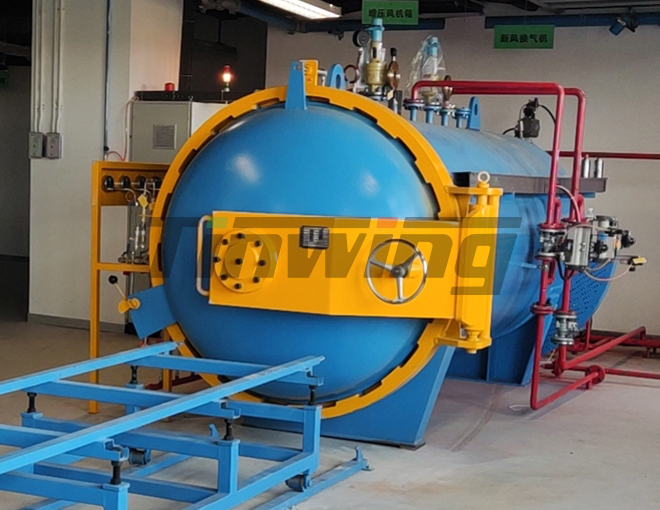
& nbsp; The co curing large-area integral molding of composite materials is one of the unique advantages and characteristics of composite materials, and is currently one of the important technologies vigorously promoted and developed in this field worldwide. The integral molding technology can reduce hundreds of thousands of fasteners to even hundreds or thousands, thereby significantly reducing structural quality, lowering assembly costs, and ultimately reducing the total cost of components. The result of significantly reducing fasteners is inevitably to alleviate the weight gain caused by connections in the structure, reduce various troubles caused by connections, and ultimately achieve the benefit of cost reduction.
& nbsp; Based on the introduction of various hot press tank technologies at home and abroad, Shandong Tianyuan has developed and renovated multiple sets of hot press tank devices for industries such as aviation, aerospace, weapons, and electronics. The series of hot press cans developed and produced by our company adopts a horizontal quick opening mechanism, SSR motor heating, and a computer expert system. It can automatically monitor the temperature and pressure in real-time according to the forming process requirements of different products. It has the advantages of high measurement accuracy, wide adjustment range, good system stability, low energy consumption, and simple operation, and can replace imported equipment.
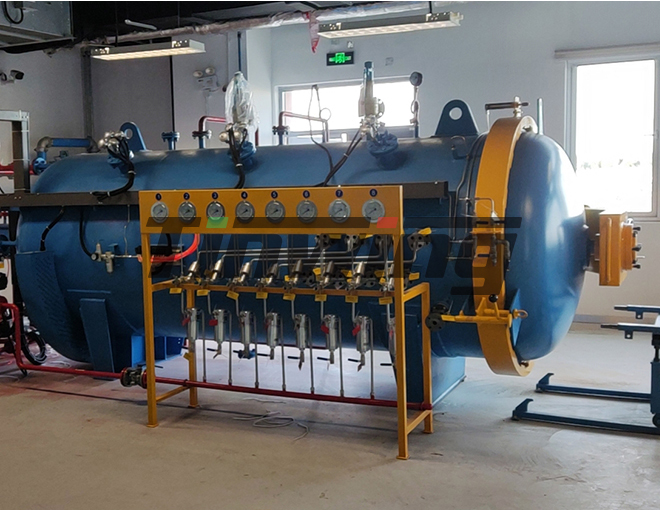

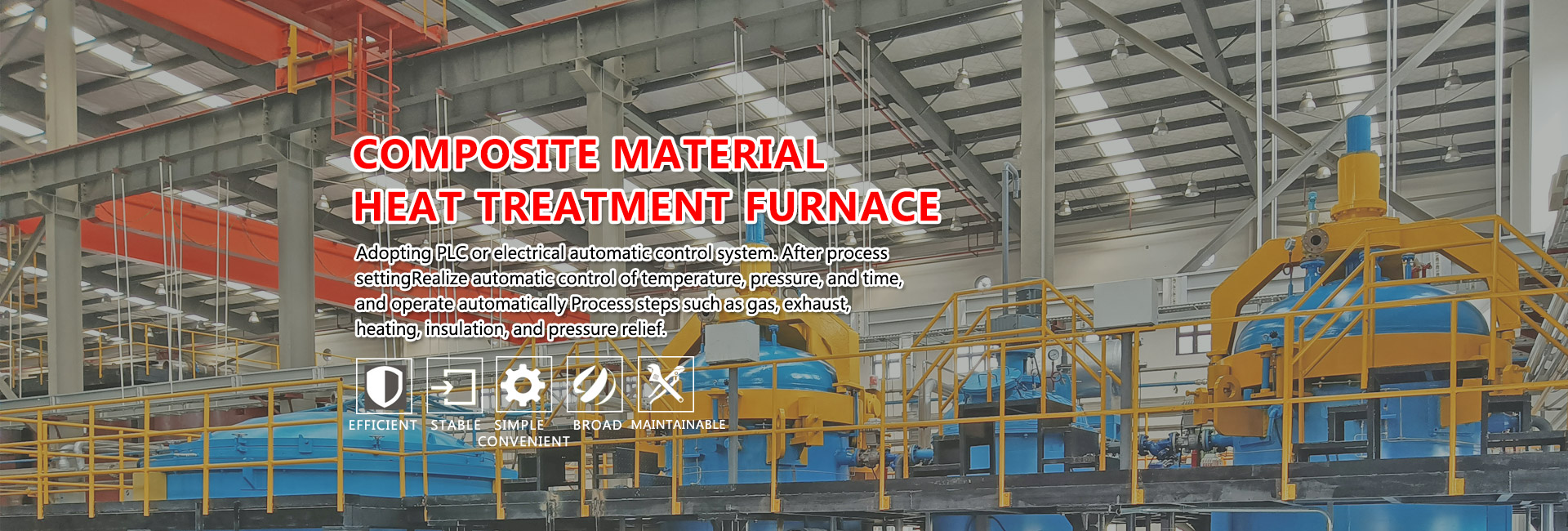

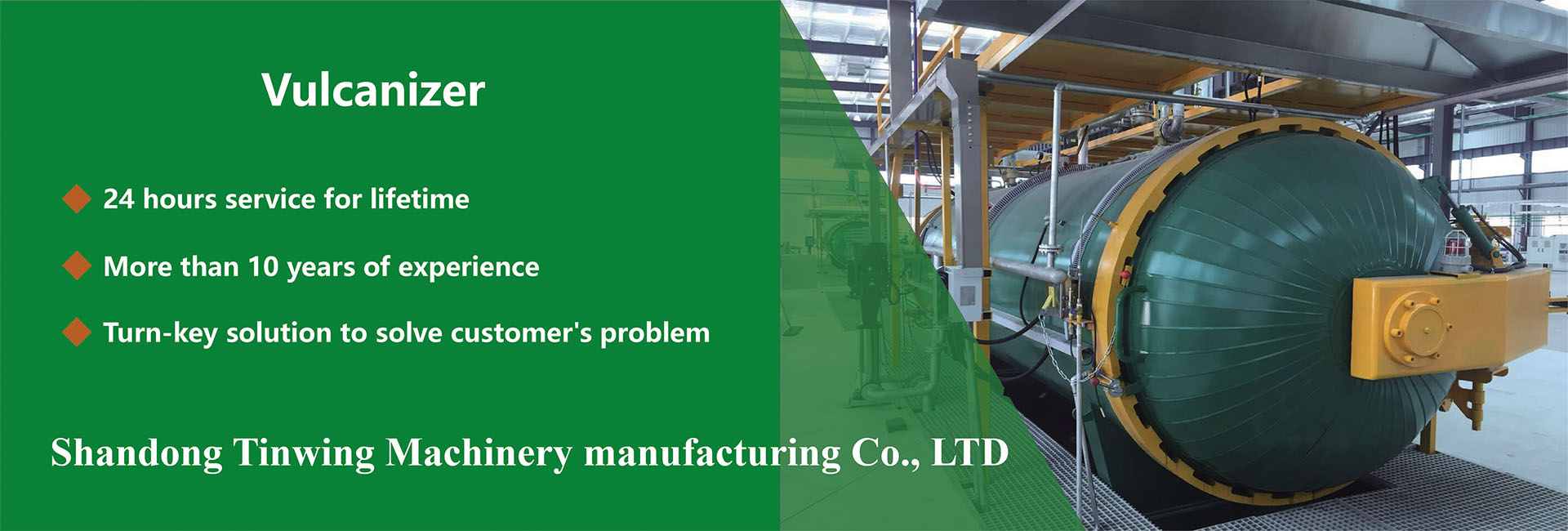
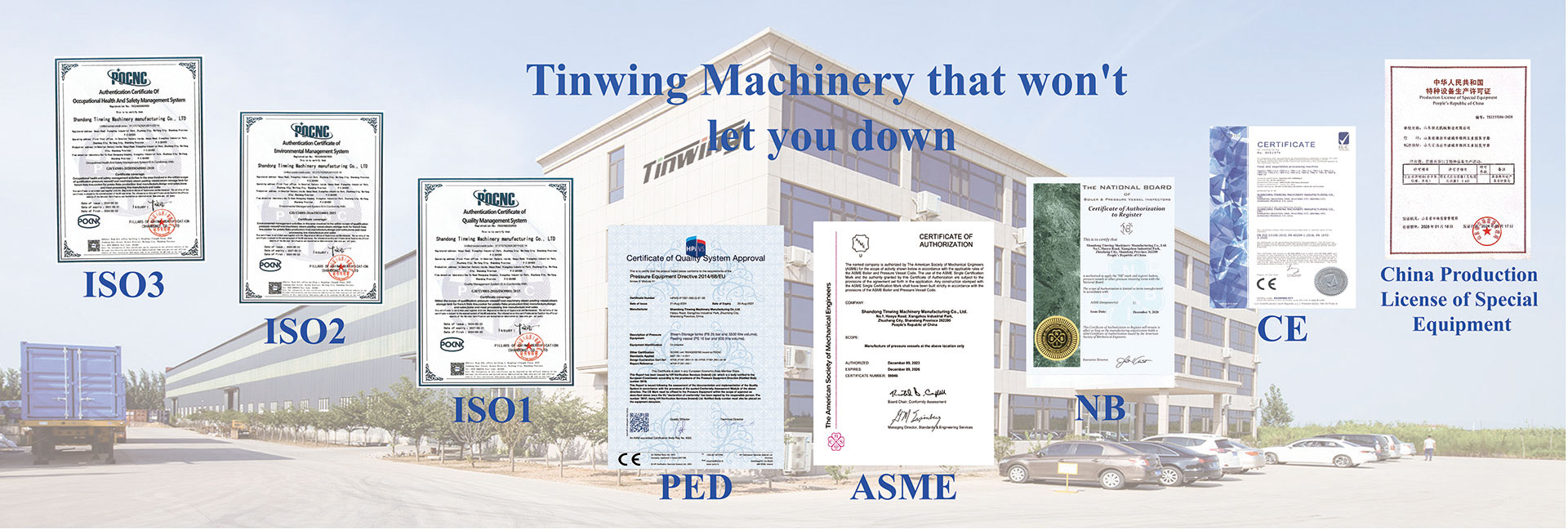
 Address: Xiangzhou Industrial Park, Zhucheng City
Address: Xiangzhou Industrial Park, Zhucheng City  Tel:13573651206
Tel:13573651206 Mailbox:monki@tinwingtech.com Record number:
Mailbox:monki@tinwingtech.com Record number: About us
About us Product
Product News
News Mobile station qr code
Mobile station qr code